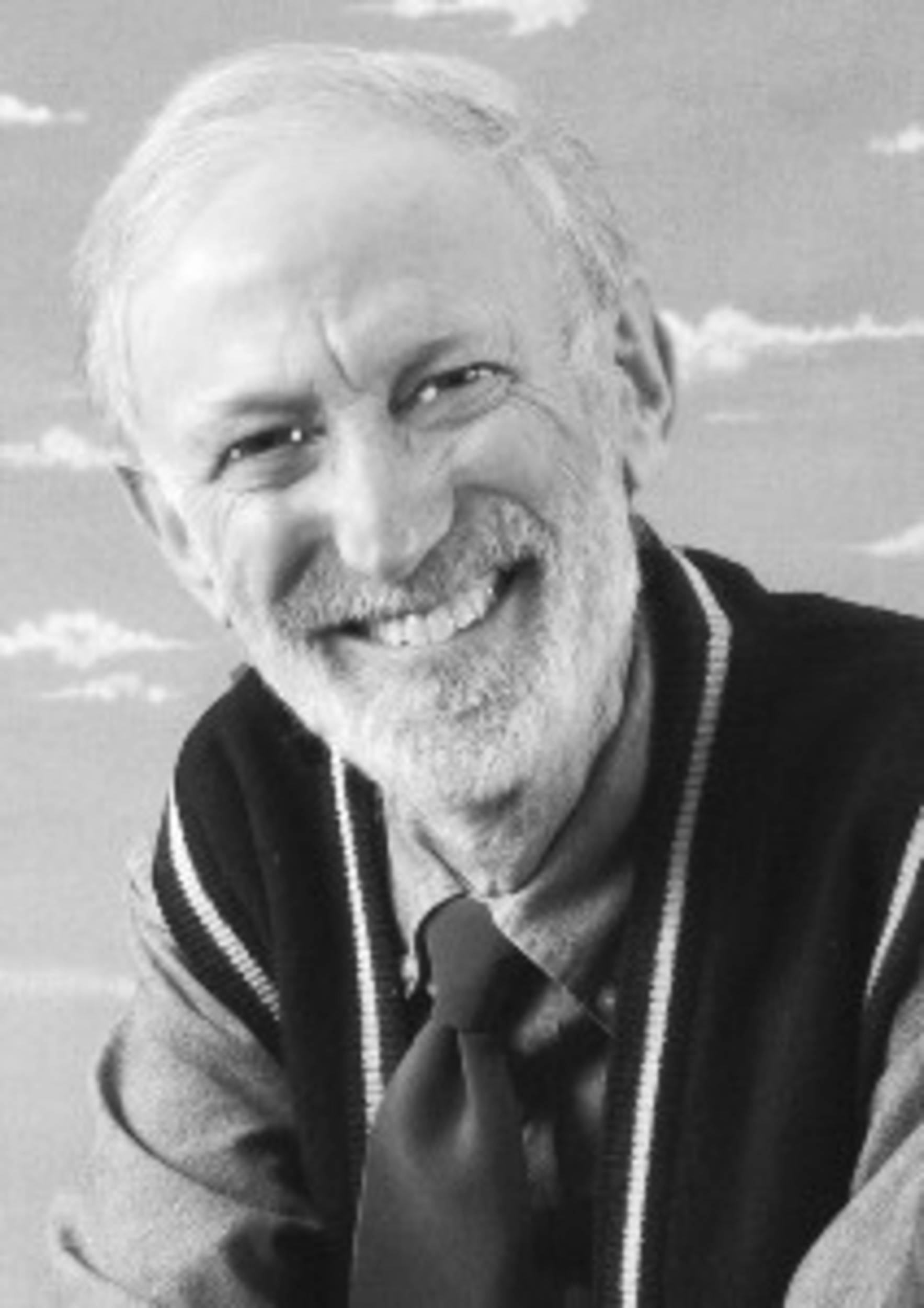The stories we tell
I first set foot in Israel during its Bar Mitzvah year, and since then, I have identified with the maturity of its status. I wrote about that visit and voyage for the Rhode Island School of Design’s alumni magazine.
Was Israel indeed the Jewish Promised Land? After all, we have our Rhode Island “Jerusalem,” as well as “Galilee,” and the name of our capital city is “Providence.” I looked in one of my dictionaries (I have quite a collection of them) for a synonym for “Providence,” and found “Prudence.” Hmm, you can find a lot of provocative surprises if you look up the evolution of any word or term.
For Pesach this year, I wanted to figure out my own definition of the concept of the Passover. Let’s see …. The Reform movement makes moral and social meanings from ritual. The Zionists take the references as literally as possible, seeking facts about the actual, visible history of the land.
The Orthodox are literal in a different sense: they seem to prefer the “magic” of following the rules and regulations of observance. And then there are the varieties of Hasidism and its mystical meanings, which are imbued with a certain gracious humility, at least as I perceive their message. They bring fervor and something I like to think of as “poetry,” and a species of wit, to their style.
Where am I going with this? In this time of COVID-19, our seders must be “safe” and our miracles must be vaccinations if the plague is to “jump” over our households. That’s what the translation of “Pesach” indicates.
It has become a custom for literary folks to write personal introductions to their Haggadah, and this is my turn to try.
I like to think of religion as poetry, which another of my dictionaries defines as a “lofty art.” In other words, you can make your own metaphorical meaning, within reasonable limits, from tales or verses.
So what does “slavery” mean to an American Jew? Can it refer to all forms of labor, of work you do only to put food on the table? And where is Canaan (not the one in Connecticut)? And, for me, most importantly, how about that song, “Had Gadya,” which many of us sing after the seder plate is cleared from the table. In the song, your dear little pet is pursued by a series of mortal enemies until God slays even the Angel of Death. What could that signify to me as a small boy or, now, as a grandpa with a white beard?
Maybe merely that we Jews keep the past alive in so many ways – via yahrzeit candles, names, maybe middle ones or even initials, with photographs and paintings, and the stories we tell. Zachor! Remember!
I go so far as to state that all Jews have a message to convey: There is no single truth to your particular Judaism. That is why, of late, I have avoided closing a sentence, a printed thought, with a period: I prefer a comma,
MIKE FINK (mfink33@aol.com) teaches at the Rhode Island School of Design.








